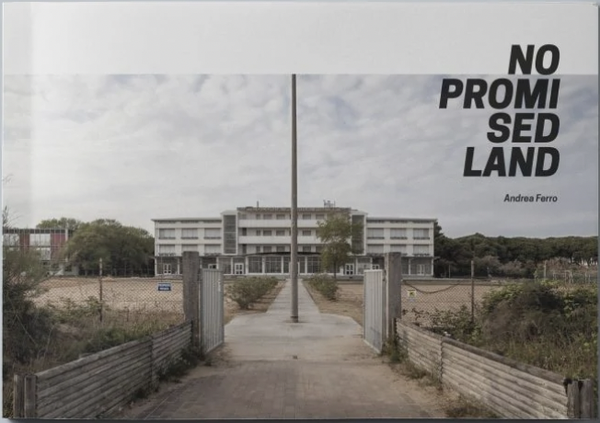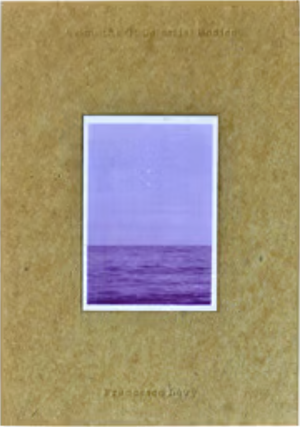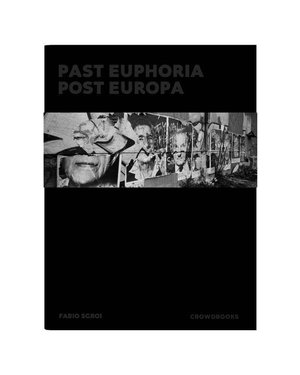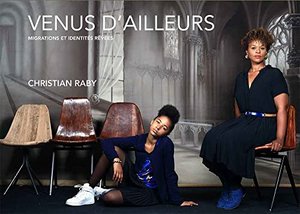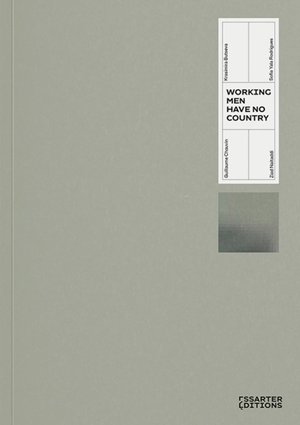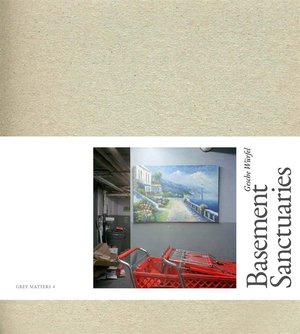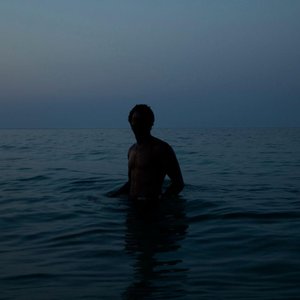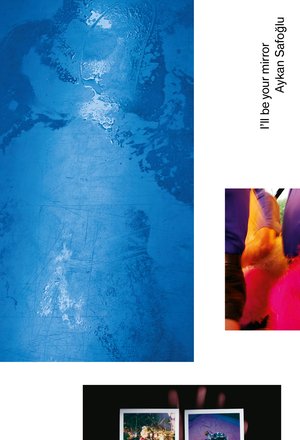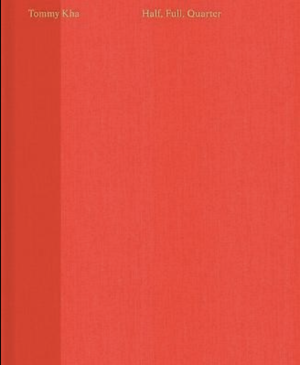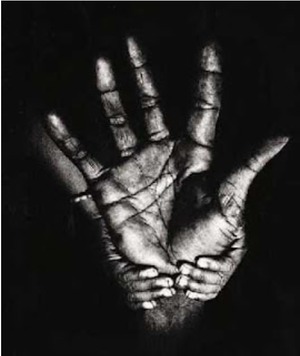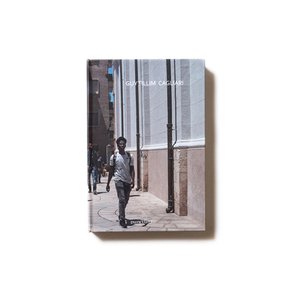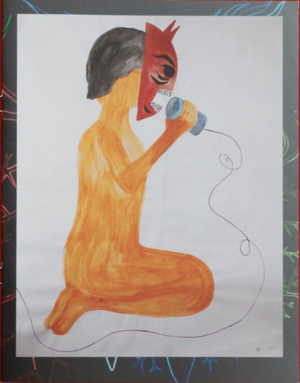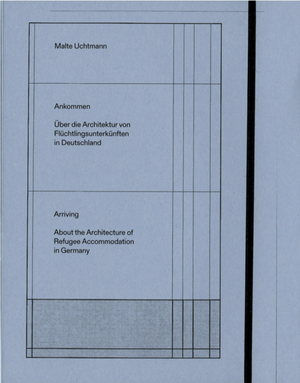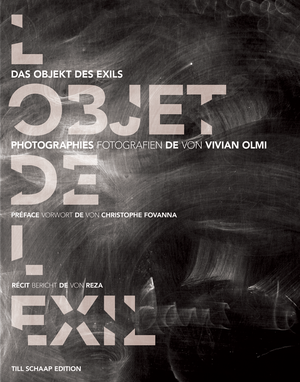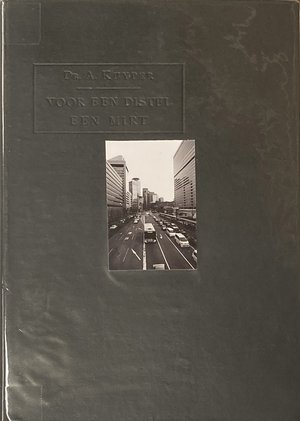Publisher Note
In 2016, the number of people who left Italy was notably higher than the number of migrants arrived on its coasts. About 285,000 Italians packed up and went abroad in search of better opportunities; this number exceeds at least of 100,000 units the number of migrants who came to Italy during the same period of time.
Nowadays we are used to see images about migrants through the media. They all look quite the same and are often treated barely like numbers. Refusing representations and commonplaces based on pain and misery, No promised land aims to give back a story and a face to those numbers, by witnessing an otherwise invisible aspect of the events related to modern migrations. It is something very different from what we are used to see.
Carried out in Veneto, a key region in the northern Italy, this project aims to show for the first time the close connection between physical space and daily life in the reception structures, as well as between architecture and migrations. It is a photographic project that, through a large number of facilities, creates a visual narrative in which each building is a chapter of a story reproducing the unknown reality of the “reception system” for migrants, refugees and asylum seekers.
The expressions “facility” is used as a generic term, consciously gathering a broad set of housing situations sometimes at the antipodes. Along this photographic narration we come into contact with stories and places very different from one another, but often very similar and representative of an important historical moment.
In order to be exhaustive, the work started exploring some cases where reception failed or had never happened at all, passing then through the ordinary reception phases up to social housing cases, which have to be considered as an important step towards a possible future integration.
The combination between photography and architecture plays here a strategic role, together with a non-negligible importance of an accurate information, which also implies a proper use of images. In the visual storytelling of how architecture can perform reception tasks, it is possible to constructively act on the perception of a phenomenon that is and will remain complex.
People shouldn’t lose the desire for a more global knowledge about the events. Only secondly the burden falls on those who are supposed to understand certain strategies and put them into action.
| Publisher | |
|---|---|
| Release Place | Livorno, Italy |
| Edition | 1st edition |
| Release Date | 2021 |
| Credits |
Artist:
|
| Identifiers |
ISBN-13:
9788885608184
|
| Work | |
|---|---|
| Subform | Photobook |
| Topics | Migration |
| Methods | Photography |
| Language | Italian, English |
| Object | |
|---|---|
| Format | softcover |
| Dimensions | 30.0 × 21.0 cm |
| Interior | |
|---|---|
| Pages | 128 |
